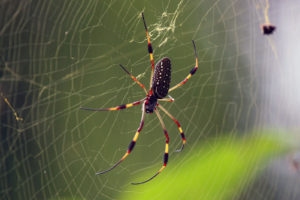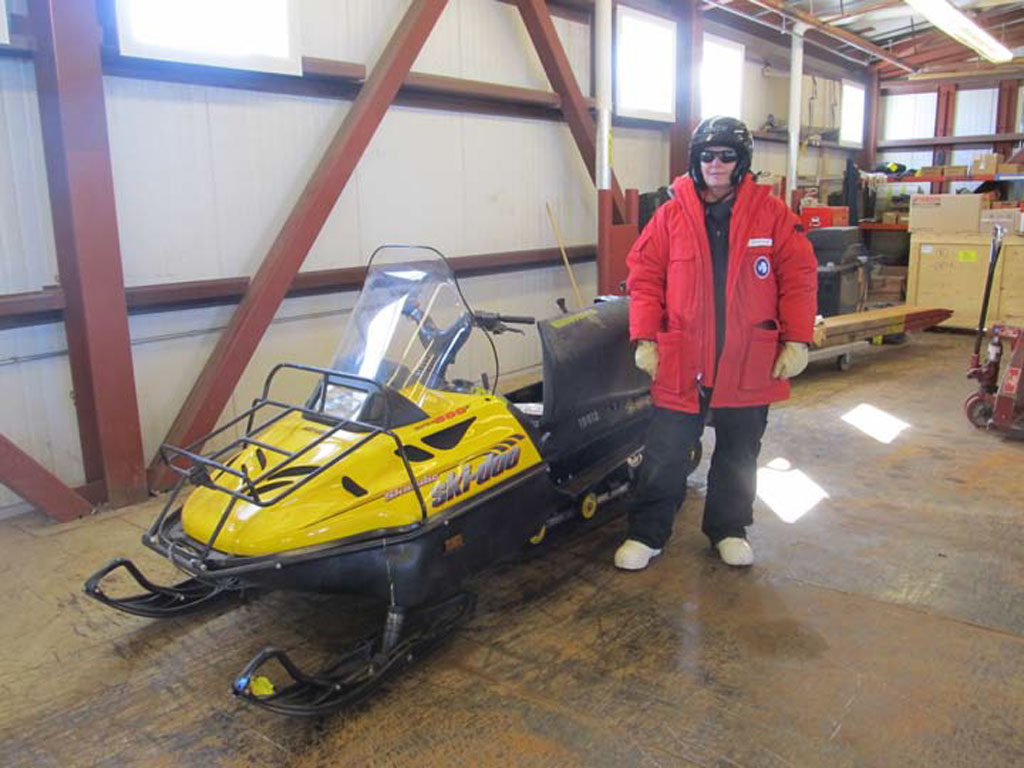Weekly, even daily, news media feature stories on the current opioid addiction crisis. At present, deaths from overdose of heroin, fentanyl, and similar drugs outnumber deaths from either gun injuries or auto accidents.
Often the stories read something like this fictitious example:
‘Alice’ was a single mother, working at a restaurant to support her two small children. When she hurt her back lifting crates of beer, her doctor gave her a prescription for 100 tablets of oxycodone. The medicine relieved the pain, but when the pills were all taken, she still had some pain, and also began suffering the symptoms of withdrawal. Weak from nausea and diarrhea, she was able to obtain some oxycodone pills at an outrageous price. An acquaintance told her that heroin was much less expensive and would keep her pain and withdrawal at bay. With time, she needed higher doses of the heroin to keep feeling decent, and eventually her life was consumed by her heroin habit. Her family spent all their savings on drug treatment programs, none of which worked for long. Unfortunately, her final heroin injection contained the very potent contaminant fentanyl, and she died of an overdose.
Heroin Addiction Today
Today about 75% of people with an addiction to heroin started taking opioid drugs as prescription medicines, according to Dr. R. Corey Waller of Health Management Associates, and many others. That statistic provides compelling evidence that the addiction story of the present is more complicated than weak will or unrestrained pleasure seeking. Most clinical and basic researchers are agreed that addiction is a chronic disease of the brain and should be treated on a physiological basis.
How do opioids work in the brain?
The Pleasure Pathway
Neuroscientists have known how addictive drugs like heroin work in the brain for several decades.
The normal brain has a checks and balance system for feelings of well-being. When nothing special is happening, a trickle of the neurotransmitting molecule dopamine is released by neurons in a certain area of the midbrain called the ventral tegmental area. Dopamine is the main neurotransmitter responsible for feelings of well-being and positive motivation. Continue reading Brain Function and the Opioid Crisis


